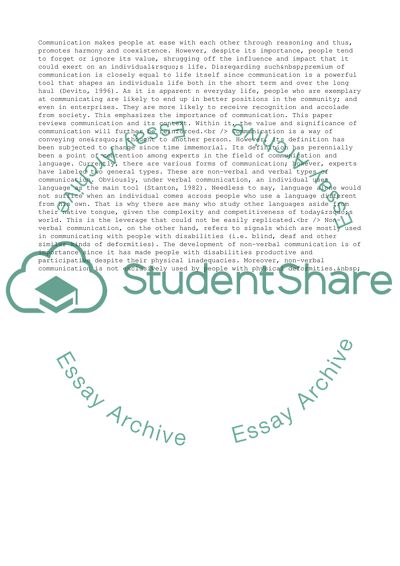Cite this document
(How Does Effective Communication Occur Assignment, n.d.)
How Does Effective Communication Occur Assignment. Retrieved from https://studentshare.org/management/1549290-interpersonal-communication
How Does Effective Communication Occur Assignment. Retrieved from https://studentshare.org/management/1549290-interpersonal-communication
(How Does Effective Communication Occur Assignment)
How Does Effective Communication Occur Assignment. https://studentshare.org/management/1549290-interpersonal-communication.
How Does Effective Communication Occur Assignment. https://studentshare.org/management/1549290-interpersonal-communication.
“How Does Effective Communication Occur Assignment”. https://studentshare.org/management/1549290-interpersonal-communication.


